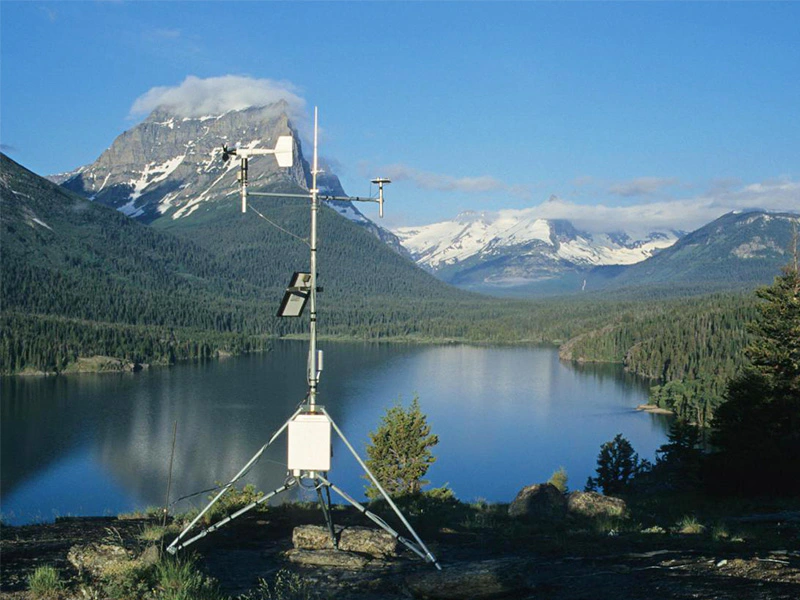
# Meteorological Station: Definition and Functions
## What is a Meteorological Station?
A meteorological station, also known as a weather station, is a facility equipped with instruments and tools designed to observe and record atmospheric conditions. These stations play a crucial role in weather forecasting, climate research, and environmental monitoring.
## Key Components of a Meteorological Station
Modern meteorological stations typically include several essential instruments:
– Thermometer: Measures air temperature
– Barometer: Records atmospheric pressure
– Hygrometer: Measures humidity levels
– Anemometer: Tracks wind speed and direction
– Rain gauge: Measures precipitation amounts
– Pyranometer: Records solar radiation
## Functions of Meteorological Stations
Meteorological stations serve multiple important functions in our daily lives and scientific research:
### Weather Forecasting
The primary function of meteorological stations is to collect data for weather prediction. By analyzing patterns in temperature, pressure, humidity, and wind, meteorologists can forecast weather conditions with increasing accuracy.
### Climate Monitoring
These stations provide long-term data that helps scientists understand climate patterns and detect climate change. Consistent measurements over decades allow researchers to identify trends in global warming and other climatic shifts.
### Agricultural Support
Farmers rely on weather station data to make informed decisions about planting, irrigation, and harvesting. Accurate weather information helps optimize crop yields and prevent weather-related losses.
### Aviation Safety
Airports maintain meteorological stations to provide pilots with critical weather information. Data on wind speed, visibility, and atmospheric conditions are essential for safe takeoffs and landings.
### Environmental Research
Scientists use weather station data to study various environmental phenomena, including air pollution dispersion, urban heat islands, and ecosystem responses to weather patterns.
## Types of Meteorological Stations
Meteorological stations vary in complexity and purpose:
– Surface stations: Measure conditions at ground level
– Upper-air stations: Use balloons or satellites to collect atmospheric data at higher altitudes
– Automatic weather stations: Operate without human intervention
– Mobile stations: Can be deployed temporarily for specific research projects
## The Importance of Meteorological Data
The information collected by meteorological stations forms the foundation of our understanding of Earth’s atmosphere. This data is used by:
– Government agencies for disaster preparedness
– Energy companies for renewable energy planning
– Construction firms for project scheduling
– Tourism operators for seasonal planning
– Emergency services for disaster response
As technology advances, meteorological stations continue to become more sophisticated, providing increasingly accurate and detailed information about our ever-changing atmosphere.
Keyword: what is meteorological station